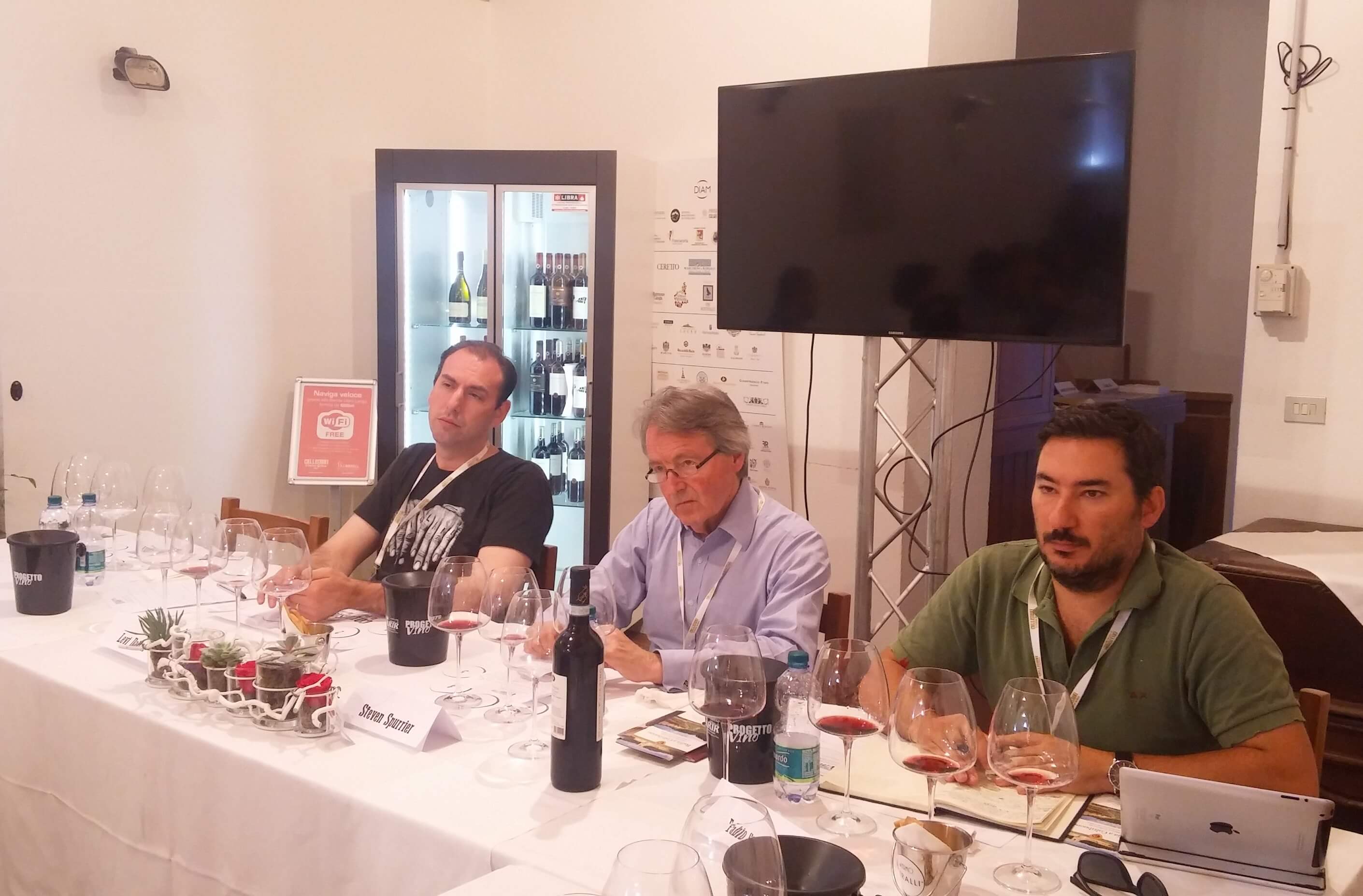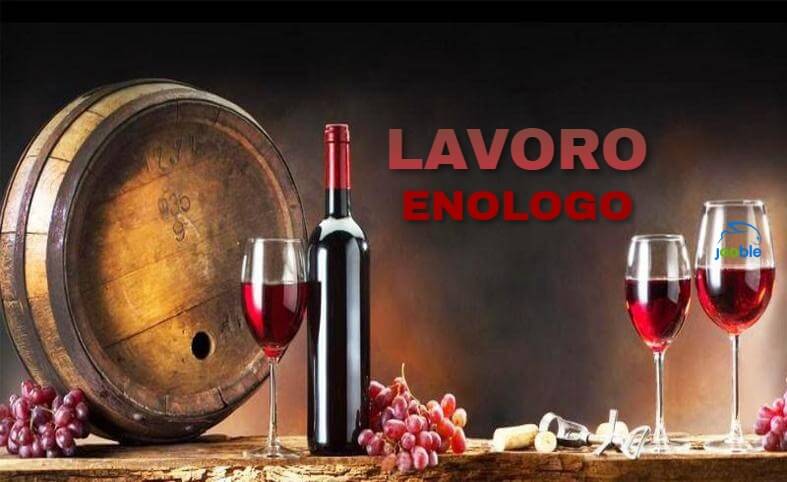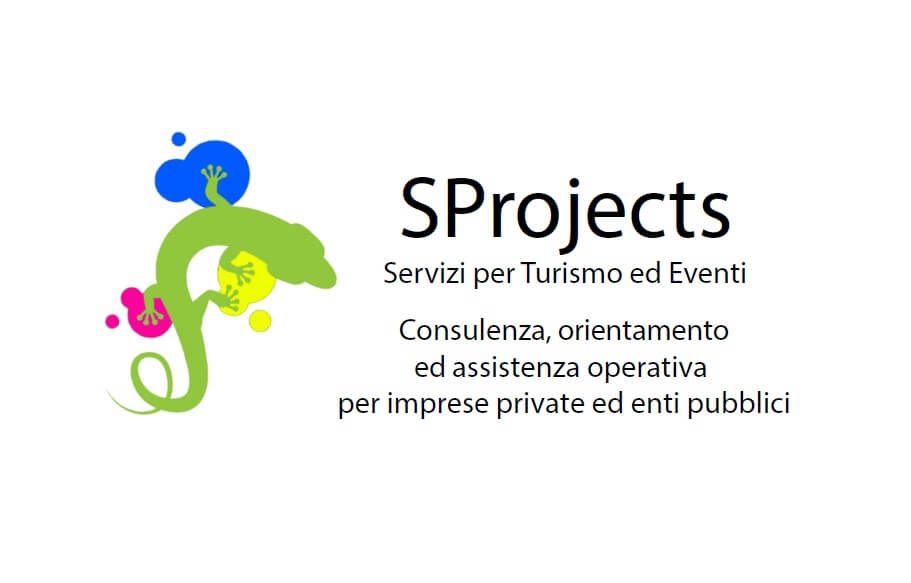Blog | 31 Dicembre 2017 | Fabio Ciarla

Enoagricola and the (almost) 20 wines of 2017. But also two producers . . .
This year I decided to resurrect the classification of top tastings in the previous 12 months. In 2016 I limited the discussion to a year-end video short, but all things considered it was too short. Certain things must be discussed at greater length, starting with the following distinction: that what I call the “Continuing Education University” exists, which refers to wines with long aging potential that are often not available for purchase. Then we have what I call the “young and strong”, wines best tasted when young, youthful or still immature in some cases, but available for purchase nonetheless. This year, I also wanted to dedicate a few words to two distinctive producers, both located in the Langhe (Piedmont) region. I’m banking on them, although perhaps a third, or even more, are equally praiseworthy – including their wines. I hope this discussion is useful to show how often, behind every label, there is complex and strategic work being done.
I’m photographed here with Levi Dalton and Steven Spurrier, with whom I tasted many of these wines at Collisioni. It was an inspiring learning experience, and with this post I’d like to take the opportunity to congratulate these two giants of international wine.
So . . . Happy New Year as you read on. I’ll be back in 2018!
“Continuing Education” – Aging wines that have much to say
Verdicchio Dei Castelli Di Jesi Doc Classico Riserva “Vigna Novali” 1994 – Moncaro (Marche)
That Verdicchio ages well is nothing new, but that it can actually surpass 20 years and still offer intensity and balance . . .
Chianti Classico Docg Riserva 1995 – Carpineto (Tuscany)
Tasted at Vinitaly, offered by Antonio Zaccheo Jr. following a wonderful chat that ended with the story of the founding of Carpineto, my and his father’s memories of winemaking . . . Here, too, a “simple” Chianti over 20 years old and astonishing for its integrity and freshness.
Brunello di Montalcino Docg 1997 – Tenuta di Sesta (Tuscany)
Perfect, still fresh and with perfect color, elegant and pleasant. One of the best Brunello wines I’ve ever drunk. If this represents Brunello di Tenuta di Sesta, which was just released (very fresh and convivial), then we should all buy as many bottles as possible of past years.
Barolo Docg Riserva Ravera “Vigna Elena” 2004 – Elvio Cogno (Piedmont)
Fresh fruit on the nose, specifically black cherry, very fresh and pleasant. A tried-and-true Barolo, still young. Very good.
“Young and strong” – Wines that I enjoyed, in random order
Amarone della Valpolicella Docg “Campo dei Gigli” 2011 – Tenuta Sant’Antonio (Veneto)
A balanced Amarone between fruit (and much spice), body and acidity. To drink over and over, also given its excellent price-quality ratio.
Patriarca Refosco Friuli-Aquileia DOC 2013 – Ca’Tullio (Friuli)
A very long wine, a valid Refosco with clear tobacco notes. Fresh on the palate, with chewy and meaty fruit.
Aglianico del Vulture Doc “Gudarrà” 2008 – Bisceglia (Basilicata)
Smoked notes, but also candy and coffee that finishes with tobacco. Fresh in the mouth and with balanced tannins. A southern red with a lot to offer.
Toscana Igt “M” 2013 – La Querce (Tuscany)
Merlot in Tuscany isn’t just Bolgheri. This Super Tuscan comes from the hills around Impruneta, just a stone’s throw from Florence. Fruity, but not overdone. Intense and long.
Pouilly-Fumé Les Pierrefeux 2015 – Langlois-Chateau (France)
First flinty on the nose, with talc and powder, then a fresh vegetal note in an elegant succession. Balanced as the acidity is fresh and lively on the mouth. A fine French Sauvignon without spending an arm and a leg.
Langhe Doc Rosso “Long Now” 2013 – Pellissero (Piedmont)
A Barbera and Nebbiolo blend that makes for a fine wine from Langhe, perhaps less subtle than a Barolo, but certainly enjoyable and with excellent potential.
Lacrima di Morro d’Alba Doc “Mariasole” 2008 – Lucchetti (Marche)
A new style for Lacrima, with dried grapes, which may signal a new future for this variety. Complex on the nose with fruit and various spices, clear notes of camphor and wild fennel. Dry, consistent, and long in the mouth.
Colline Pescaresi Rosso Igt Passito “Clematis” 2011 – Zaccagnini (Abruzzo)
Long live Montepulciano, even as a sweet wine! This wine comes on strong for its lushness, but the residual sugar tempers any harshness and brings to the glass a concentrated taste of the Abruzzo hills.
Locorotondo Dop “Castillo” 2016 – Cardone (Apulia)
Verdeca and Bianco di Alessano for this fresh and rich Apulian white. Robust acidity on the mouth, medium body and minerality that make this a particularly pleasant wine.
Dolcetto di Dogliani Superiore Docg “Il Clou” 2013 – Clavesana Siamo Dolcetto (Piedmont)
Red “table wine” par excellence, a quality Docg at a fair price, able to accompany and enhance food unpretentiously and with pleasure.
Langhe Nascetta Doc “Anas-Cetta” 2015 e 2016 – Elvio Cogno (Piedmont)
Two vintages here, because I ended up with the same score for both at the tasting. Elvio Cogno’s La Nascetta, with excellent potential for aging, has minerality and elegance, but is also warm on the palate and – in both cases – perfectly balanced.
Moscato di Terracina Doc Secco “HUM” 2013 – Cantina Sant’Andrea (Latium)
This year’s surprise is this dry Moscato, produced to withstand the test of time. A choice that goes against current trends that rewards those who have patience. Intense and rich, but balanced. Very good.
The Producer – for wine quality and communication skills
G.D. Vajra (Piedmont)
What really struck me about this winemaker is the sense of family that drives it, which immediately strikes the visitor. The wines are stupendous, but if the people who make them also communicate good vibes, then the feeling is that of having reached even higher ground.
The Winery – for the clearest focus and the courage to bring it to fruition
Azienda Agricola Sordo Giovanni and its 8 Barolo crus . . . (Piedmont)
An incredible outfit, unique for their forward-looking approach and tenacity toward reaching their goals. At Sordo’s, we enjoyed a horizontal tasting of eight crus, in which we were able to perceive all of their peculiarities. An asset that’s not just Sordo’s, but that belongs to all Barolo lovers.





 Ômina Romana. Torna la Festa in Cantina con Heinz Beck
Ômina Romana. Torna la Festa in Cantina con Heinz Beck Perché le idee contano... L'esempio de "I Magnifici 16"
Perché le idee contano... L'esempio de "I Magnifici 16" Il Morellino prima del… Morellino?
Il Morellino prima del… Morellino?



[…] values, in part, but as I wrote in a previous post, if the people who make wine, exceptional wine in this case, are able to transmit something […]
[…] ENGLISH version […]